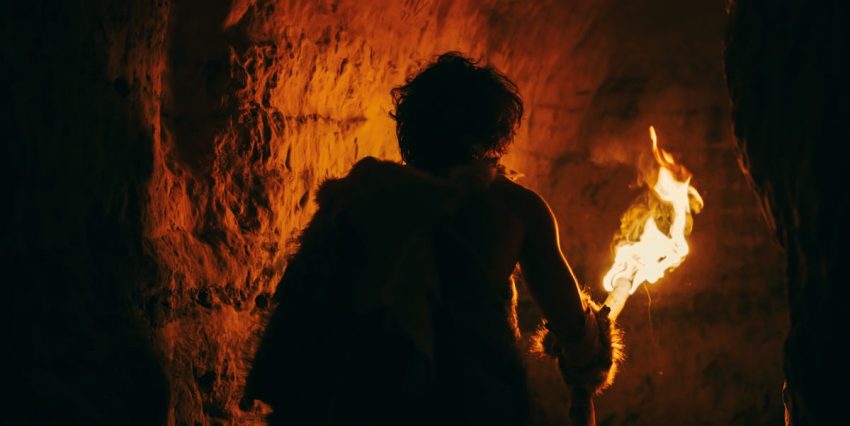Unraveling the Mystery of Human Evolution
The study of human evolution has always been a complex and fascinating journey, filled with discoveries that challenge our understanding of the past. One of the most intriguing aspects of this field is the classification of hominin fossils—remnants of ancient human ancestors that often defy easy categorization. Among these enigmatic remains are the Denisovans, whose mysterious origins have long puzzled scientists.
A recent study conducted by anthropologists from the Chinese Academy of Sciences and the University of Hawai’i suggests that many of these unresolved cases might actually belong to a newly identified species: Homo juluensis. This potential breakthrough came about when researchers were developing a new system for organizing fossil evidence. They discovered striking similarities among certain cranial and dental fossils, which set them apart from other known hominin species.
Today, only one species of hominin exists on Earth: Homo sapiens. However, throughout much of Earth’s more recent geological history, the human family tree was far more diverse. Scientists have spent years excavating ancient sites around the world in an effort to piece together this prehistoric story. Now, the research team from the Chinese Academy of Sciences and the University of Hawai’i is shedding light on an overlooked chapter of this history with the introduction of H. juluensis.
According to the findings published in the journals Nature Communications and PaleoAnthropology, H. juluensis thrived in eastern Asia between 300,000 and 50,000 years ago before becoming extinct. The researchers suggest that this group likely hunted wild horses, crafted stone tools, and processed animal hides to survive harsh winters. Christopher J. Bae of the University of Hawai’i explained that the discovery of this new species emerged during the development of a new method for classifying fossil evidence.
“We did not expect to be able to propose a new hominin species and organize Asian fossils into different groups,” Bae said in a press statement. “This study clarifies a fossil record that has often included anything that cannot easily be assigned to Homo erectus, Homo neanderthalensis, or Homo sapiens.”
One possible member of H. juluensis is the Denisovans, first identified in 2010 through DNA extracted from a fingerbone found in Siberia. While they have never been officially classified as a species, Bae believes they may belong to this newly proposed group. Additionally, H. juluensis could help explain another mystery—the Xujiayao hominin fossils, which have baffled researchers due to their mix of H. erectus and H. sapiens features.
According to a study published in PaleoAnthropology, these remains have been difficult to classify. However, differences in the cranium, teeth, jaws, and other features point to a new species. Fossils such as Penghu 1 (a jawbone), Xiahe (a mandible), Xuchang (a partial cranium), and various Denisova remains are now considered part of this emerging lineage.
While the argument for H. juluensis is compelling, more research will be needed before the scientific community fully accepts this new species. However, given that many of these fossils still resist classification, it’s likely only a matter of time before the hominin family tree expands once again. This discovery highlights the ongoing nature of scientific inquiry and the ever-evolving story of human evolution.
